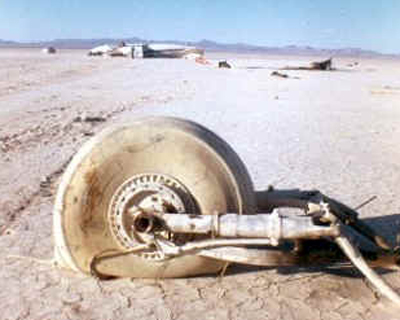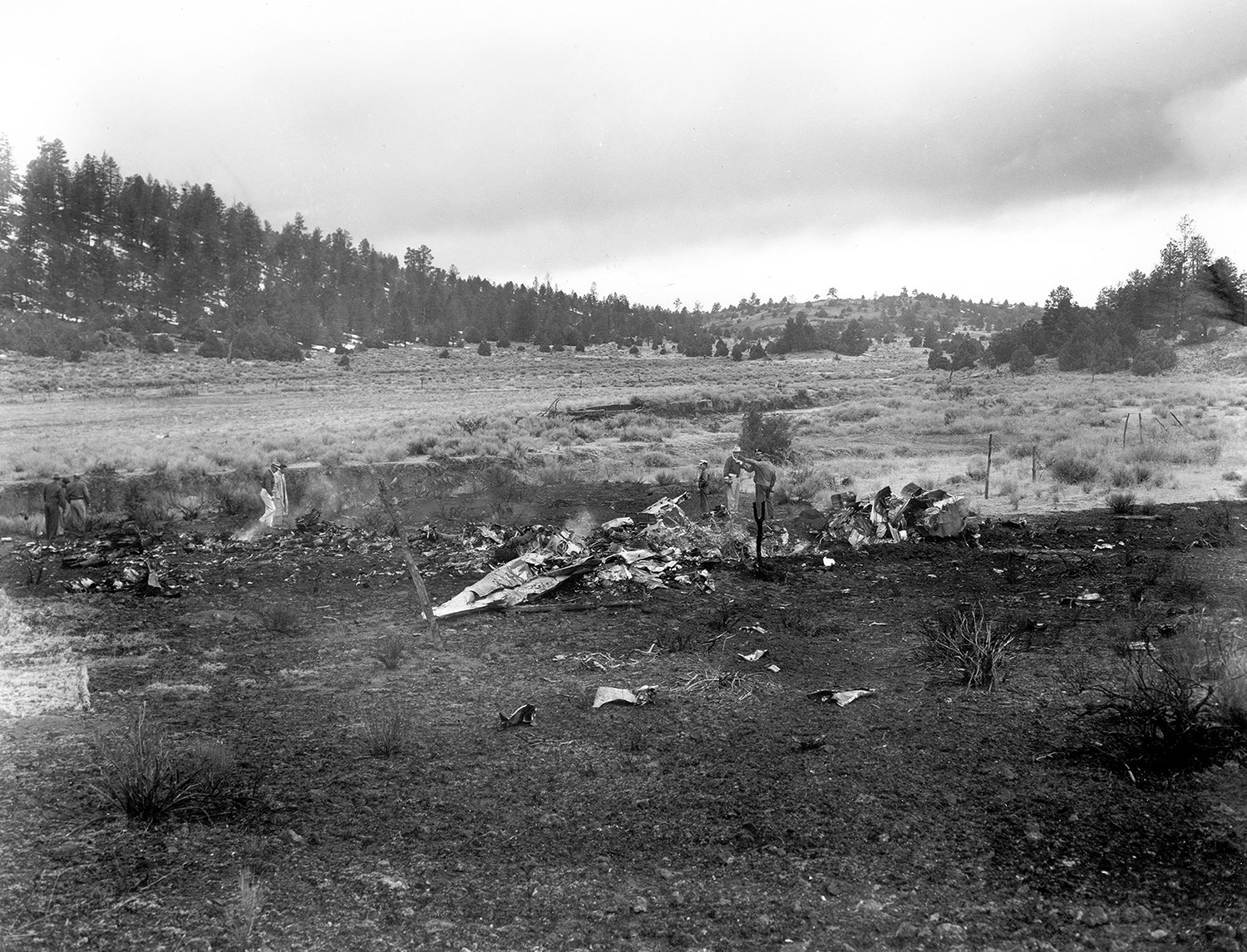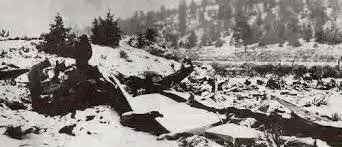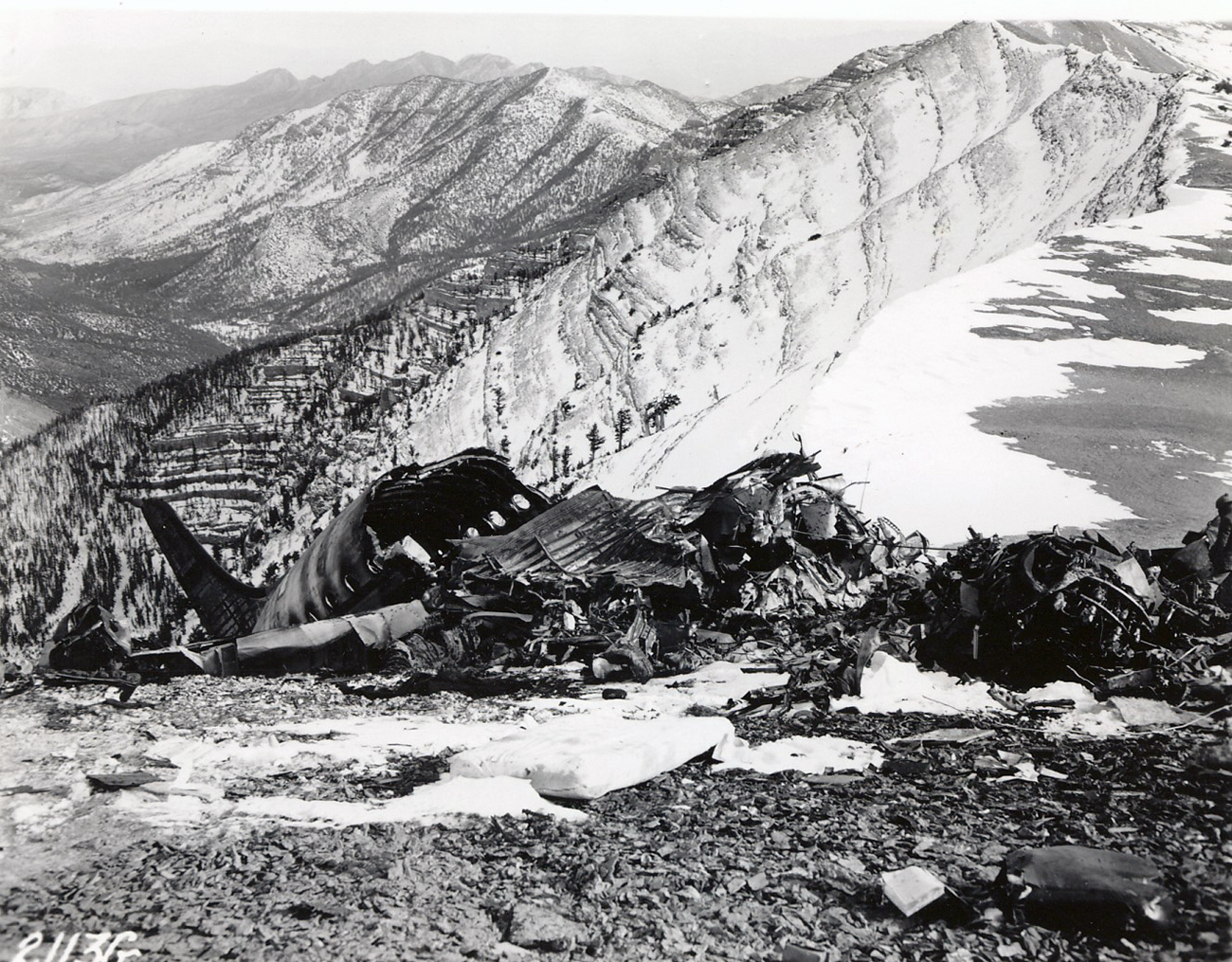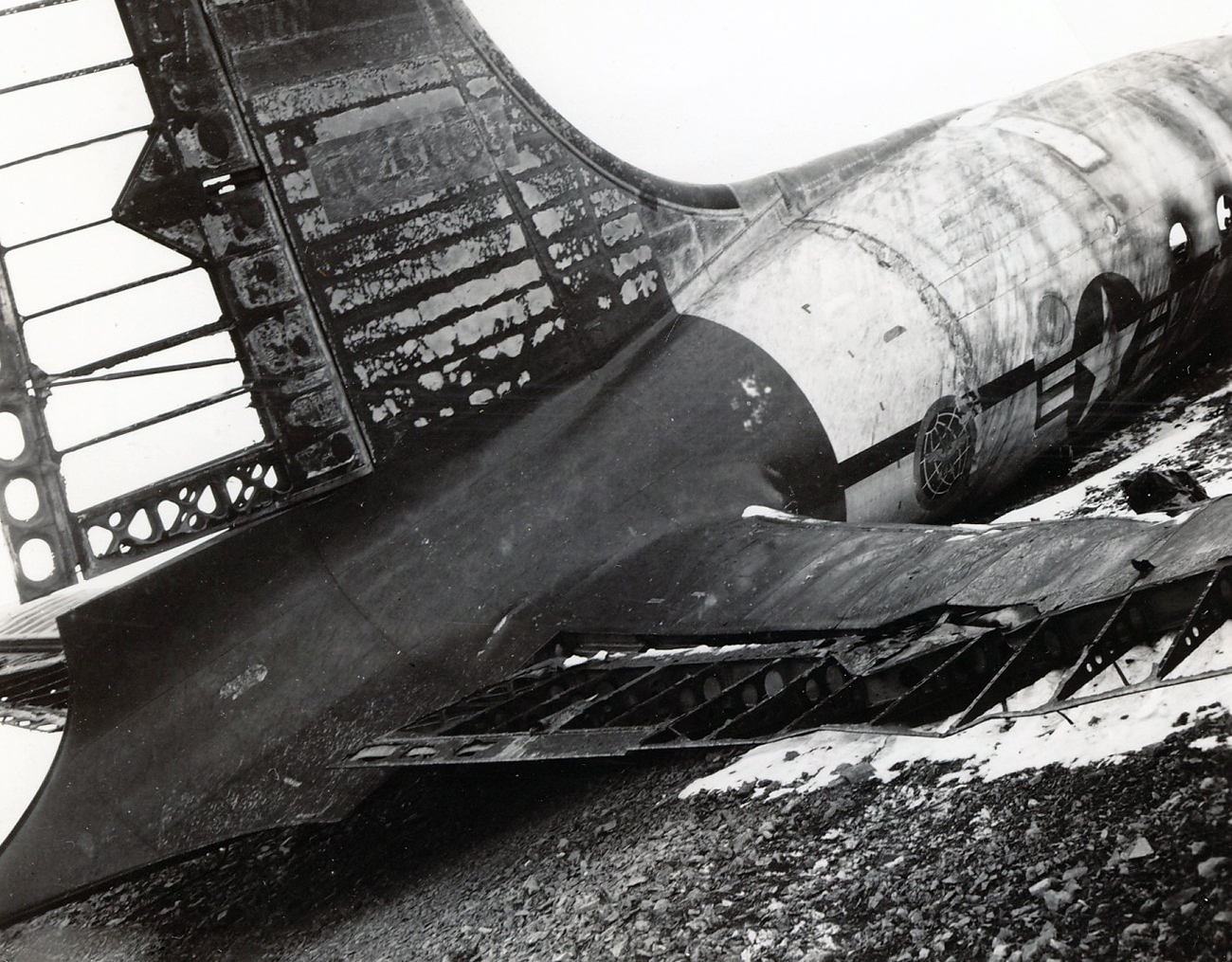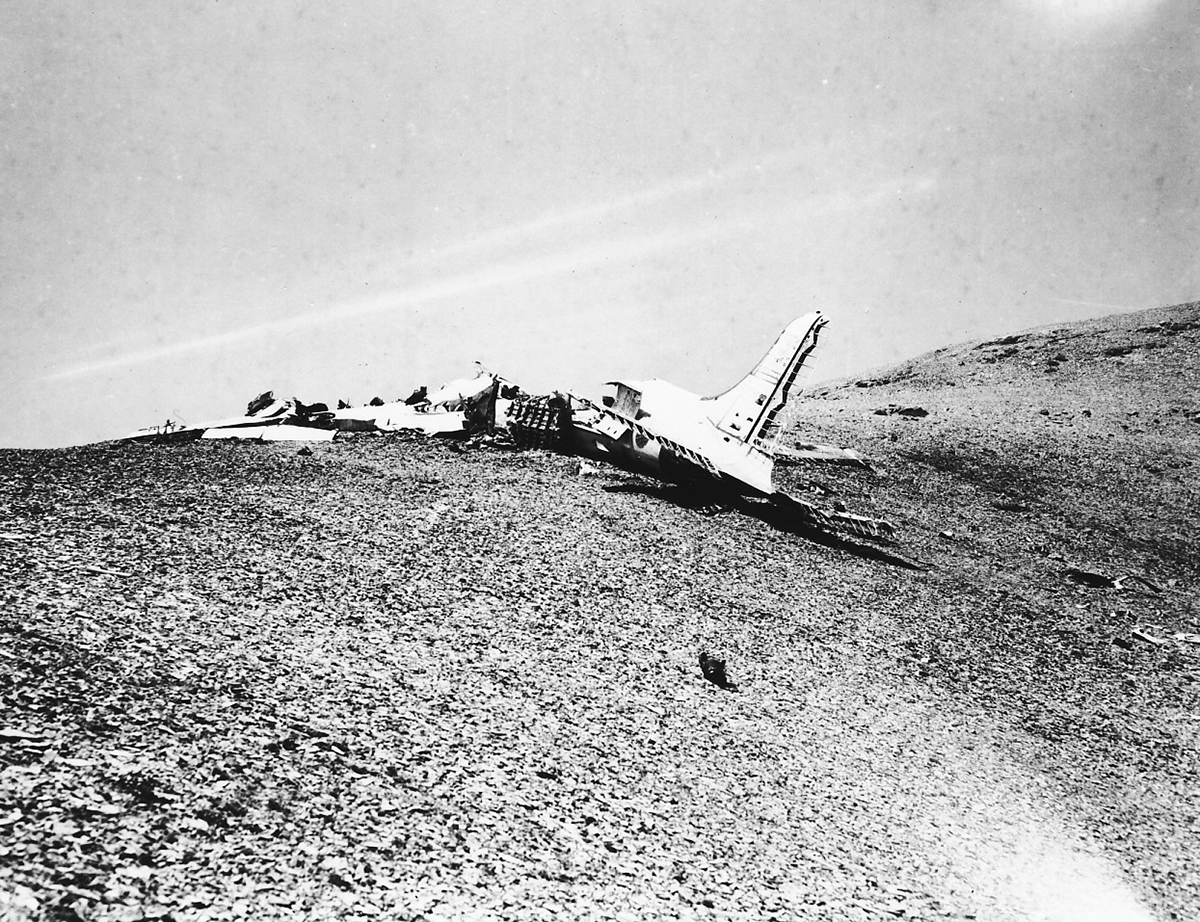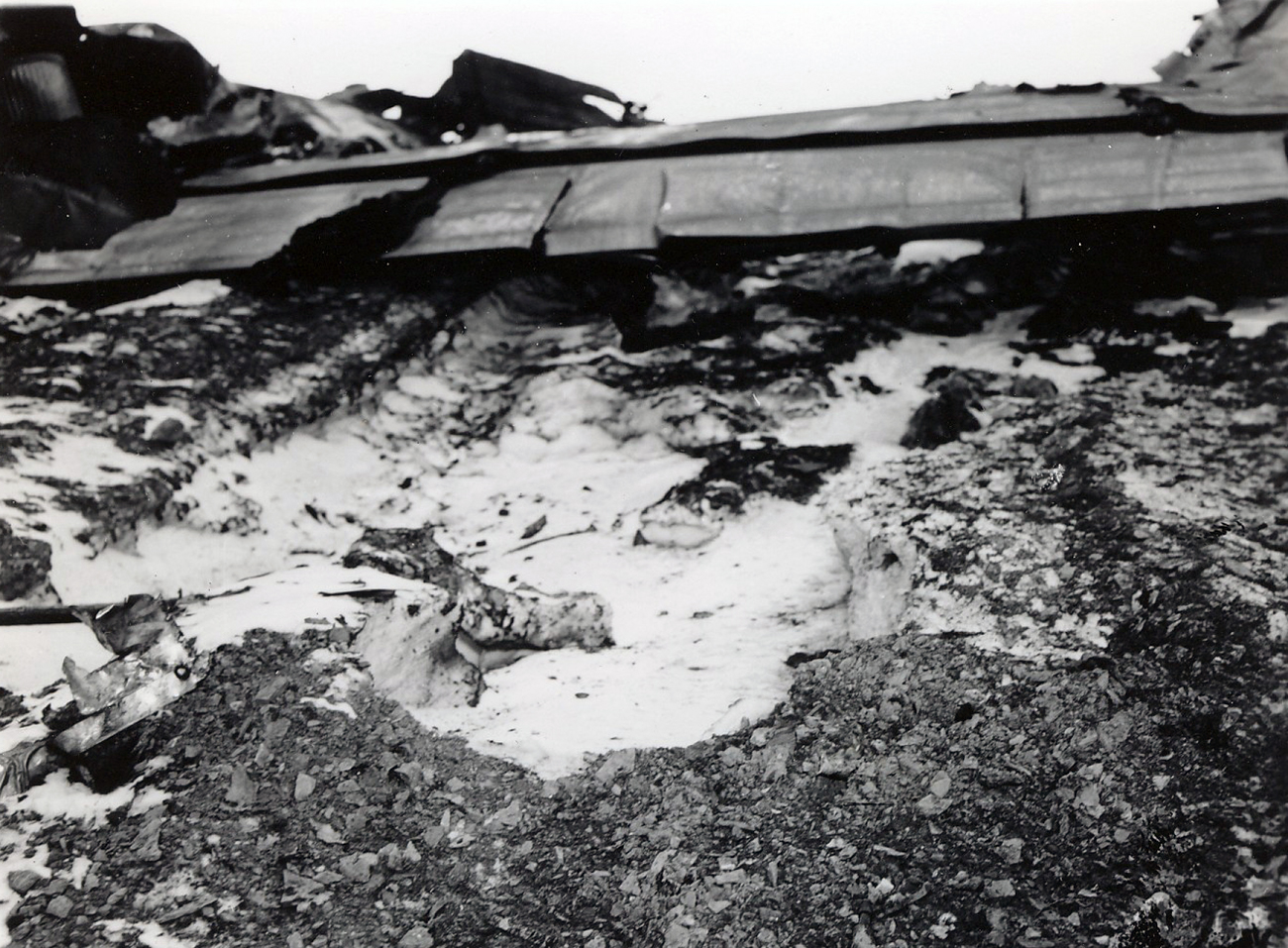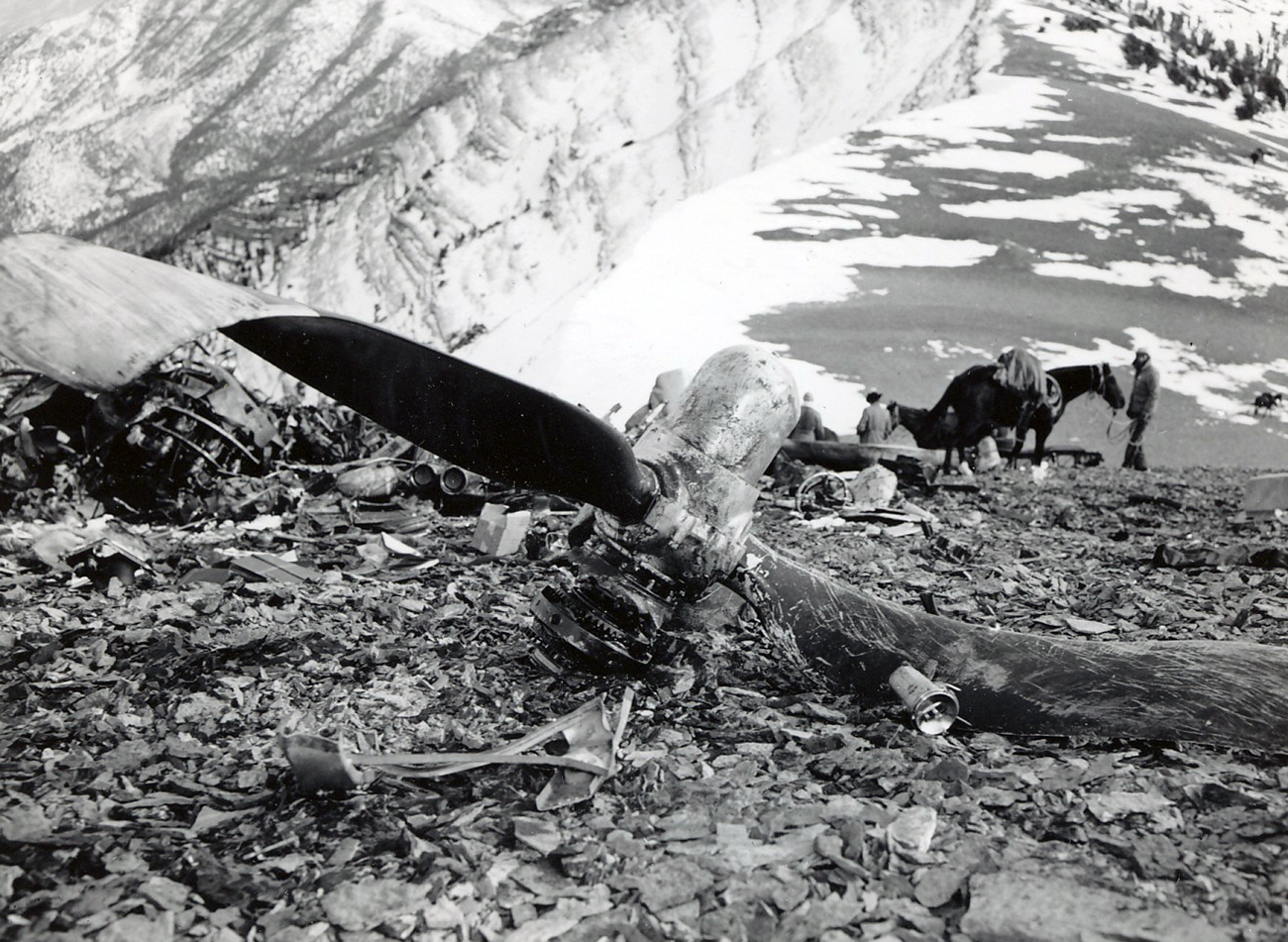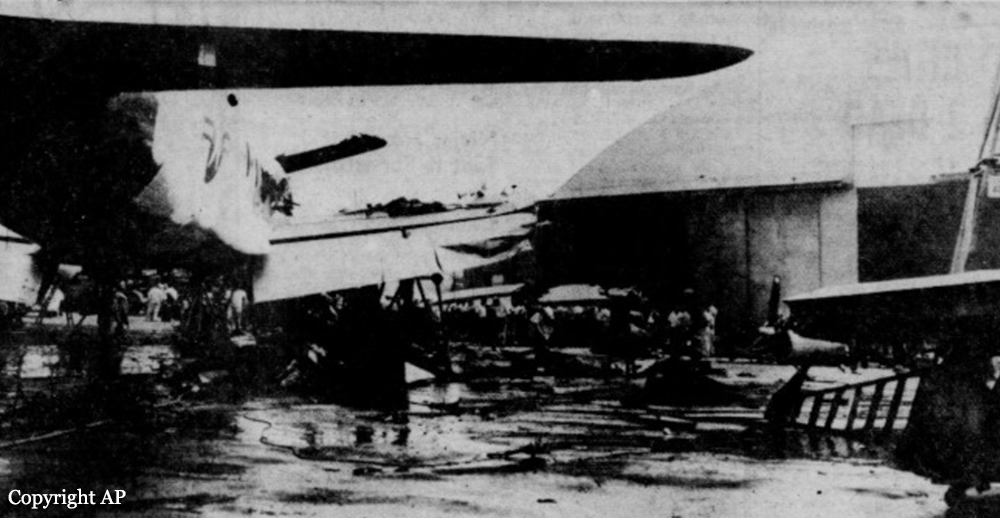Crash of a Douglas DC-3-454 at Point Mugu NAS
Date & Time:
Aug 4, 1972 at 1545 LT
Registration:
N31538
Survivors:
Yes
Schedule:
Point Mugu - Burbank
MSN:
6317
YOM:
1942
Crew on board:
3
Crew fatalities:
Pax on board:
0
Pax fatalities:
Other fatalities:
Total fatalities:
0
Captain / Total hours on type:
8370.00
Circumstances:
Shortly after takeoff from Point Mugu NAS, while in initial climb, the right engine lost power and caught fire. The crew elected to return for an emergency landing when control was lost and the airplane crash landed by the runway and came to rest. All three occupants were slightly injured and the aircraft was damaged beyond repair. For unknown reason, the fire extinguishing system was inoperative.
Probable cause:
Partial loss of power on one engine during initial climb due to material failure. The following factors were reported:
- Failure of the fuel system,
- Failure of the fire extinguishing system,
- Engine fire,
- Component failure of right engine fuel feed system,
- Failure of hydraulic line.
- Failure of the fuel system,
- Failure of the fire extinguishing system,
- Engine fire,
- Component failure of right engine fuel feed system,
- Failure of hydraulic line.
Final Report:


